Would you like fries with that?
It’s been estimated (and goodness knows how these things are calculated), we ingest 5 grams of microplastic particles, equivalent to the weight of a credit card each week.
If you’re wondering, so what, I’ve eaten more than my fair share of food wrappers over time, this is why.
When microplastics are ingested in our food and water, researchers have found that (in mice) over time, they can migrate out of the gut to the liver, kidney, and brain, causing metabolic pathways to change.
This begs the question, if these changes can be demonstrated in just a few weeks, what does a lifetime of ingestion of microplastics do to your health and well-being?
They’ve already been discovered in placental tissue.
Altered metabolism can lead to altered inflammatory responses.
For example, in inflammatory bowel disease, if macrophages, which are white blood cells involved in the body’s defence system, ingest microplastics, they become more inflammatory and more abundant in the gut, potentially worsening symptoms of diseases like ulcerative colitis and Crohn’s disease.
In the bloodstream, microplastics have been shown to adhere to red blood cells, destabilising the cell membrane and affecting the cells’ oxygen-carrying capacity.
There is also concern that microplastics can contribute to heart attack or stroke. Here it’s believed that macrophages that come to the rescue to try and eliminate the particles by consuming them also contribute to the development of plaque in our blood vessels.
Carotid endarterectomy is a surgical procedure performed when plaque builds up in a carotid artery in the neck, putting the individual at risk of stroke. In one study of 304 people who underwent this procedure, analysis of the plaque removed showed that 58% of patients had polyethylene, and 12% had PVC present.
Follow-up over 2-3 years of 257 of these patients found that those who had had microplastics or nano plastics identified in their plaque were x 4.5 more likely to have a heart attack, stroke or die.
What can we do to protect ourselves?
The best place to start is to:
- Eliminate single-use plastic in packaging, plastic bags, and water bottles wherever possible.
- Switch to using a “keep cup”, a metal water container.
- Don’t use plastic containers to microwave anything (even if it says microwave-safe)
- Limit use of canned goods (they often have plastic liners)
- Don’t wash plastic food containers in a dishwasher.
If this seems a little extreme bear in mind that the disease burden attributable to endocrine-disrupting chemicals from plastic use was US $250 billion in 2018. It’s not going to be any less today.
We don’t know the full extent of the potential harm caused by microplastics yet, but we can all play a part in limiting our use of single-use plastic at home and in the workplace.
What will you be doing to minimise your use of these?



lykfmz